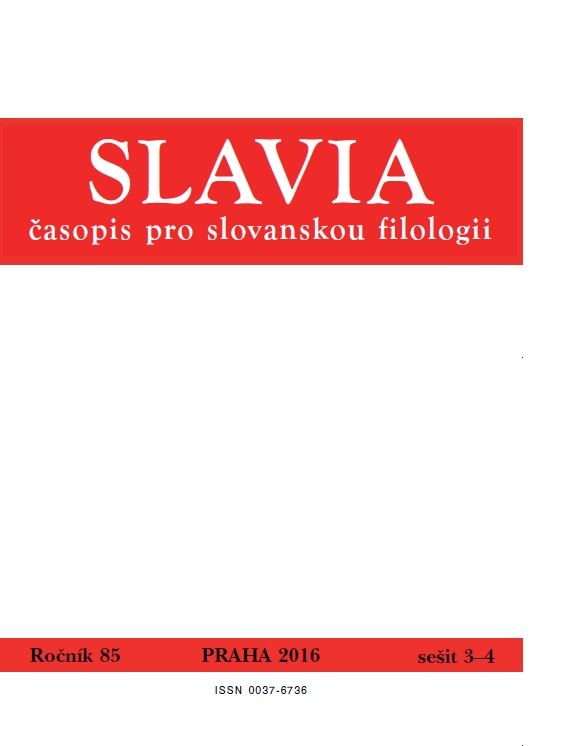Ekwiwalenty greckiego leksemu ἀρσενοκοίτης (1Cor 6,9; 1Tim 1,10) w wybranych polskich renesansowych przekładach biblijnych. Ujęcie lingwistyczno-antropologiczne
Equivalents of the Greek Lexeme ἀρσενοκοίτης (1Cor 6,9; 1Tim 1,10) in Chosen Polish Renaissance Biblical Translations. A Linguistic Anthropological Approach
Author(s): Tomasz LisowskiSubject(s): Sociology, Polish Literature
Published by: AV ČR - Akademie věd České republiky - Slovanský ústav and Euroslavica
Keywords: social taboo; Polish Renaissance Biblical renderings; erudite lexemes; textual Bohemisms
Summary/Abstract: The aim of the paper is to analyze the Polish equivalents of the Greek lexeme ἀρσενοκοίτης ‘a male engaging in same-gender sexual activity’ (1Cor 6,9; 1Tim 1,10) in three chosen Polish Renaissance Biblical translations. Two of them belonged to the new born Protestant Biblical translation stream, i.e. the Brest Bible (1563) and being in the filial relationship with it, the Gdańsk Bible (1632) rendered by Daniel Mikołajewski; the third one is the post-Tridentine Catholic rendering prepared by Jesuit Jakub Wujek (1599). As the meaning of the Greek lexeme ἀρσενοκοίτης (or the Latin masculorum concubitor) refers to the sphere of the social life, which commonly was considered by the people lived in the Polish-Lithuanian Commonwealth at the time of Renaissance as moral and social taboo, its rendering into Polish caused difficulties to the translators. The analysis reveals two different ways of rendering the Biblical term. Firstly, the Polish equivalent of the Greek lexeme ἀρσενοκοίτης in the Brest Bible and in the Bible of Jakub Wujek was an erudite lexeme sodomczyk, which could be considered as supporting the social taboo. Secondly, Daniel Mikołajewski implemented to the Gdańsk Bible a quite uncommon in the Polish language of that time compositum samcołożnik, which was a textual Bohemism taken from the Czech Bible of Kralice (its Czech counterpart is samcoložník). Thanks to its semantic explicitness and a transparency, that were an evidence of ignoring the social taboo, it could have been received by the users of the Renaissance Polish language as the word of intelligible meaning.
Journal: Slavia - časopis pro slovanskou filologii
- Issue Year: LXXXV/2016
- Issue No: 3-4
- Page Range: 333-346
- Page Count: 14
- Language: Polish
- Content File-PDF

